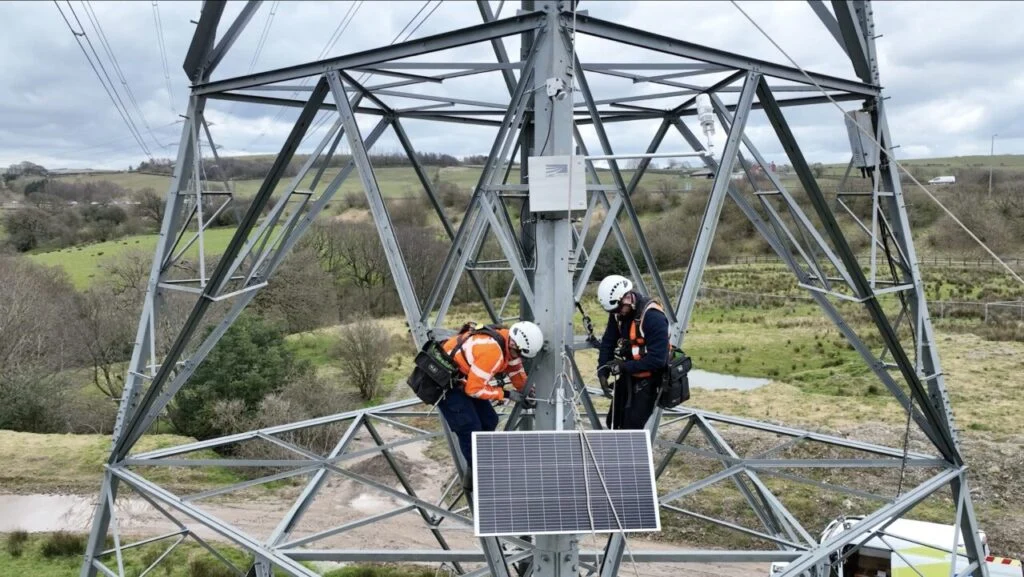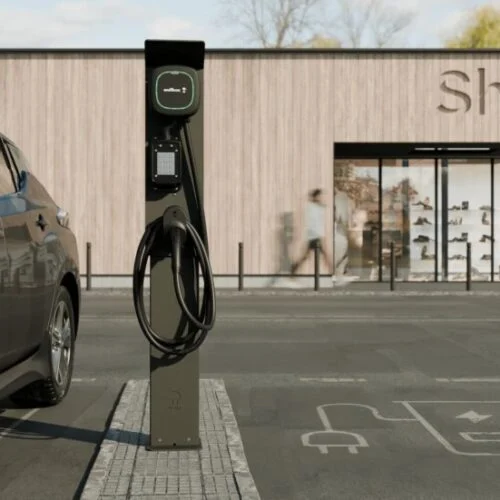National Grid has announced that it is deploying new technology on its electricity transmission network that will allow more power to be carried through existing overhead lines.
The grid operator has partnered with LineVision to install dynamic line rating (DLR) sensors on circuits between one of the major boundaries between power systems in the North and South of England. The installation will increase the capacity of over 275km of overhead power lines across nine circuits and is expected to save British energy consumers around £20 million per year by addressing grid constraints.
The sensors continuously monitor electricity transmission lines in order to calculate a “dynamic line rating”, which can then be used to maximise the amount of power than can be safely transmitted through that power line at any given time, with the size, resistance and maximum safe operating temperature of the wire, as well as weather conditions, impacting the DLR figure.
The use of DLR sensors marks an improvement from the previously used method of calculating a conservative safe operating estimate using static values for assumed local weather conditions, with the new sensors able to support operational changes in real time.
This is not the first time these sensors have been deployed on National Grid’s network. The system was first trialled in 2022 on a 275kV circuit between Penwortham and Kirkby in Cumbria, and has also been implemented on the firm’s US networks in the states of New York and Massachusetts.
Corin Ireland, SO:TO optimisation engineer at National Grid, said that implementing technologies to enhance the grid is a “crucial part” of the firm’s efforts to increase the capacity of the UK electricity network. Ireland added: “Innovative projects such as this will boost the capacity of our existing infrastructure and help increase the network’s capacity for renewable power, delivering lower costs for consumers whilst continuing to maintain world-class reliability.”
National Grid has been investing heavily in boosting the capacity of the UK’s electric network through its Great Grid Upgrade plan, a collection of 17 major transmission infrastructure projects set to overhaul the UK’s electricity grid to prepare the nation for a future powered by renewable energy.
One of the most significant projects in this plan is Sea Link, a proposed 122km subsea transmission cable with a carrying capacity of 2GW; last month, the project reached a substantial milestone as its application for a Development Consent Order (DCO) was formally accepted by the Planning Inspectorate.






